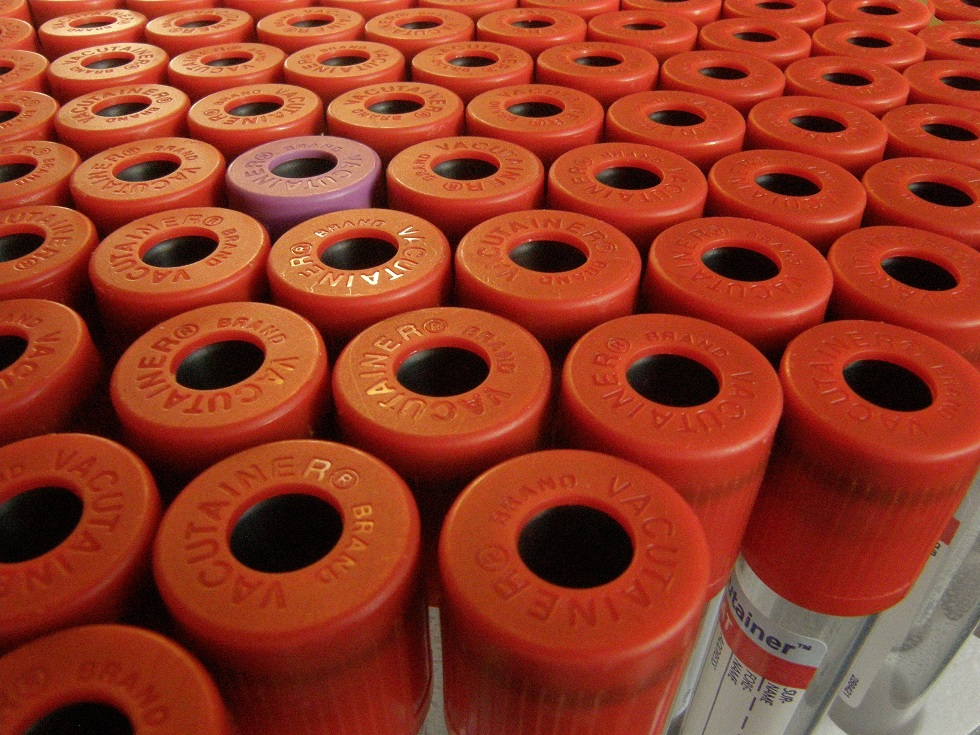Species: All
Specimen: Plasma (includes fibrinogen) or serum (has no fibrinogen)
Container: EDTA, heparin or red-top tube
Collection protocol: Fasted sample preferred
Special handling/shipping requirements: Standard
General information about the disease: Helpful in the assessment of a wide variety of conditions (see below). Calculated by subtraction (TP-ALB).
General information about when this test is indicated:
A group of large, variably sized proteins. Classified by electrophoretic mobility into alpha (includes transport proteins for thyroxine, cortisol, lipids, copper, and haemoglobin binder, thrombin inhibitor, insulin binder and trypsin inhibitor proteins) – produced in liver; beta (includes transport proteins for lipids and iron, C-reactive protein, complement components C3 and C4, plasminogen and, in plasma, fibrinogen) – produced mostly in liver; and gamma (immunoglobulins) – produced in lymphoid tissue in response to antigenic stimulation. Some immunoglobulins may migrate into the beta fraction in electrophoresis. Fibrinogen is converted to fibrin when blood clots so is not present in serum, only plasma. Hepatic failure may reduce globulin, but chronic hepatic disease may cause increase (especially in horses).
Major differentials:
- Increase: Dehydration, inflammation (includes infectious, neoplastic, traumatic, immune mediated etc.), B-lymphocyte neoplasia, nephrotic syndrome.
- Decrease: Haemorrhage, hepatic disease, protein losing enteropathy, protein losing nephropathy, effusive disease, exudative disease, severe burns, haemodilution (e.g. IV fluids), failure of passive transfer in neonates, inherited or acquired immune deficiency.
Comparison with other related tests: Interpret in conjunction with total protein/albumin to help differentiate possible causes e.g. after external haemorrhage albumin and globulin are expected to reduce in parallel. Differentiation of fractions by electrophoresis may be useful, especially for identifying monoclonal peaks (which usually signify B-lymphocyte neoplasia).

